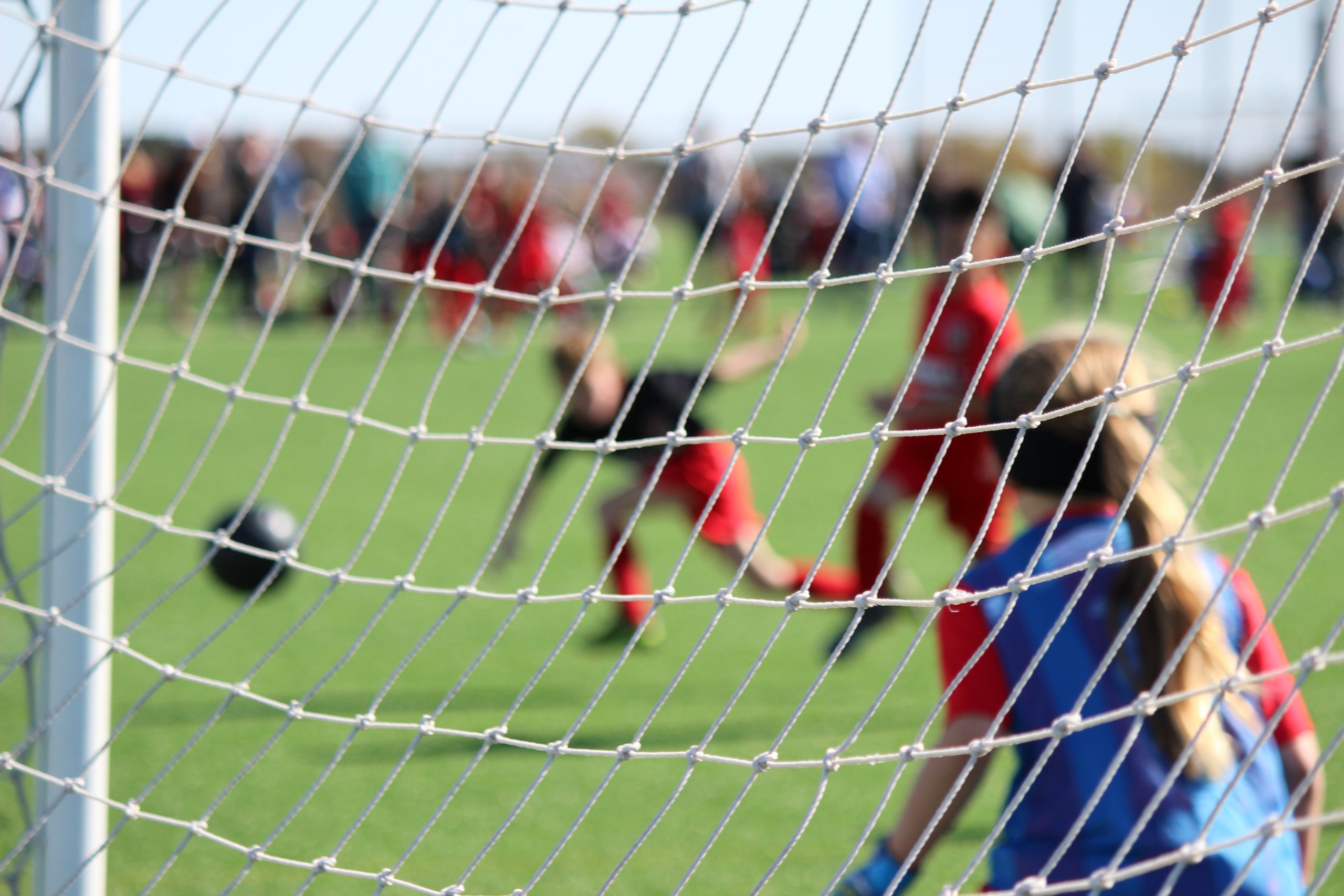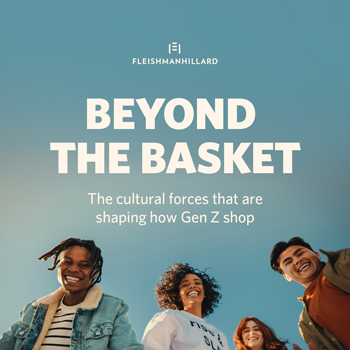The impact of grassroots sports closures on communities

Following the second postponement of sport at all ages, local communities were struggling to keep grassroots sports alive. Participants across the country were left with a sporting void, denying them the chance to exercise, socialise and meet. The impact on local communities was massive, but what can external stakeholders such as brands and organisations do?
Community impact
Over 5,000 grassroots sports clubs could cease to exist post-lockdown. Feasibly, over 100,000 children and hundreds of local communities have directly suffered from this, raising the question of how long-term the damage to community sports clubs will be.
A big role they play is in providing a release for children who crave variety after long days of school. More so than ever, children need an opportunity to express themselves and build social connections with their peers.
The decision to reopen community clubs should not be taken lightly. However, they should be at the forefront of any nationwide reopening strategy. Covering many at-risk groups, it would be negligent to forget the importance of local community in the lives of young people in the UK.
Why brands are needed
Brands are needed because, with their help, they can access the most fundamental part of the UK sporting pyramid, protecting the future stars that the brands themselves will lean on in future.
The ability to work independently from Government or Sport England is a luxury and privilege for brands. An over-reliance on the Department for Culture, Media and Sport to bailout sports clubs’ debts could be costly and precarious. Due to the fragility of the situation, there is no guarantee that a sports club will ever recover, even if they receive a cash injection.
Brands are needed in order to fill the funding gap as well as paying the attention to detail that government can sometimes struggle to reach. If done in a way that is authentic, brands can build connections with local people that reflect the brands values and, in turn, increase consumer loyalty.
What can brands do?
Very simply, brands need to do two things.
Step 1: Meaningful funding. It is one thing to identify the issues with funding. It is another thing to take time to identify the right cause to create change.
Step 2: Hyper-localisation. A targeted approach to community support through detailed research and identification is required. Helping those in critical need will not only reflect on brand values but will be a small step to ensuring grassroots sports protection.
Step 3: Clear values. Through using a localised model, brands can target the communities that matter to them in line with the values they want to portray. Rather than trying to address every social issue, a clear and concise set of values allows them to do meaningful work within their field.
The biggest brands might benefit from casting their net wide. However, a localised approach from brands will allow them to make the purposeful change that they aim to make within communities. Through targeting the people that matter, brands can build real affinity and trust amongst the people they serve.
Deji Awoyemi, Account Executive
Find Out More
-
Achieving Outsized Impact by Building Stronger Country Reputation
February 18, 2025


